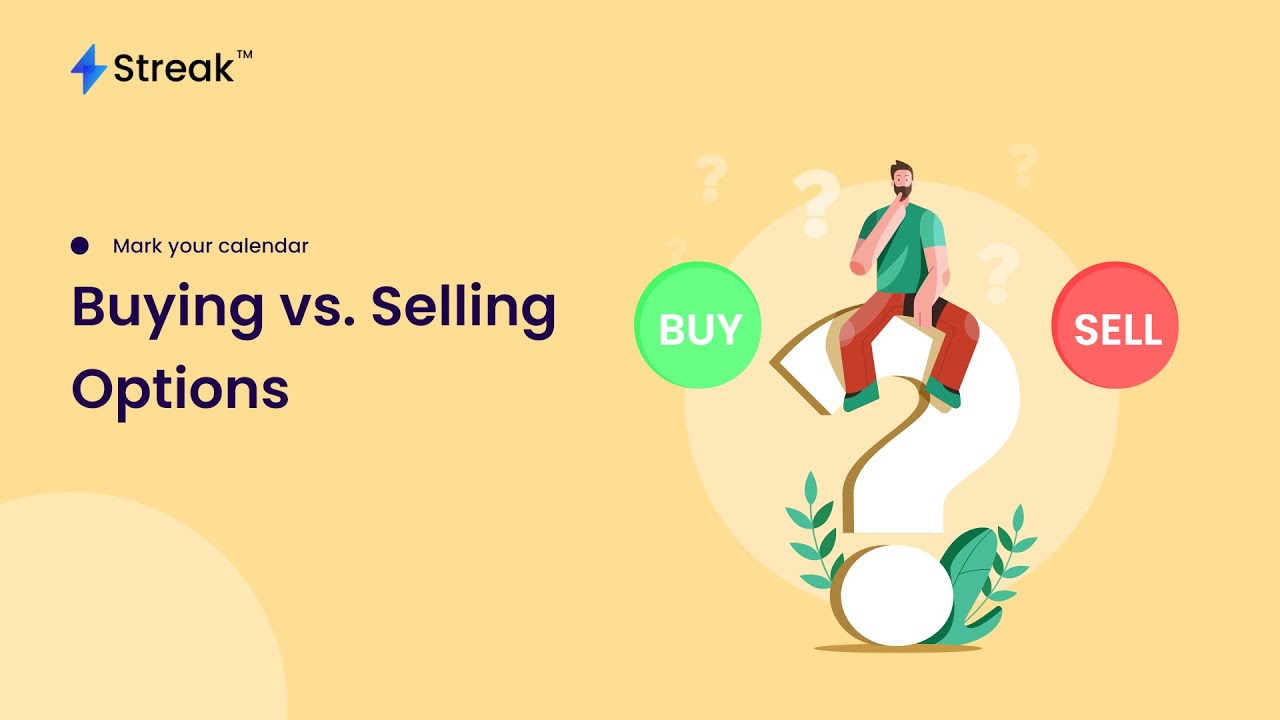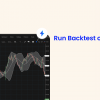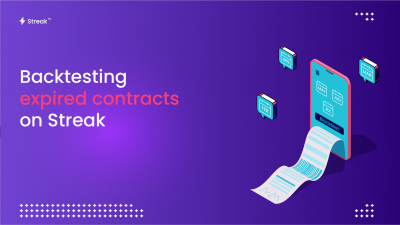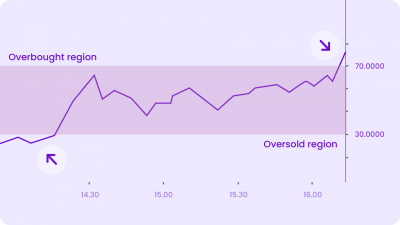Buying V/s Selling Options is a very common topic of discussion among traders. There are pros and cons to both buying and selling options. It can be confusing for new traders to decide which one to choose in a given situation. The best option position depends on the trader’s outlook on the market, the current market conditions, and their personal trading style.
What should you know?
Parameters that affect the stock price the most – Time, Implied Volatility and Direction of Underlying Stock Movement
When do buyers make money (Considering only price movement of the underlying) – Stock moves in their Favor. Up for Calls and Down for Puts.
When do sellers make money (Considering only price movement of the underlying) – Stock moves in their Favor. Up for Put writers, Down for call writers or market does not move or even if it moves slightly in the opposite direction.

Buying V/s Selling Options
| Parameter | Options Buying | Options Selling |
| Margin | No Margin Required. | The trader has to deposit a high margin with the broker. |
| Profit/Loss Potential | Unlimited Profit & Limited Loss. | Limited Profit & Unlimited Loss. |
| Premium | The trader pays the premium. | The trader receives the premium. |
| Theta Impact | Passage of time negatively impacts the position. | Passage of time positively impacts the position. |
| Implied Volatility | Position will gain in value if IV increases. | Position will gain in value if IV decreases. |
Buying V/s Selling Call Options
| Parameter | Call Buying | Call Selling |
| Rights & Obligations | Right but no obligation to buy. | Will be obliged to sell the share if the buyer of the contract decides to exercise the contract. |
| Profit Cases | Requires the stock to make a swift, aggressive move higher. | Requires the stock to fall, edge lower or remain flat. |
| Loss Cases | Stock does not move, moves up only a little. | Moves up significantly (Strike + Premium) |

Buying V/s Selling Put Options
| Parameter | Buying | Selling |
| Rights & Obligations | Right but no obligation to sell | Will be obliged to buy the share if the buyer of the contract decides to exercise the contract. |
| Profit Cases | Requires the stock to make a swift, aggressive move lower. | Requires the stock to rise, edge higher or remain flat |
| Loss Cases | Stock does not move, moves down only a little. | Moves down significantly (Strike – Premium) |

Strategy Example 1
In this sample strategy, we are buying Bank Nifty Put Option and Selling Bank Nifty Call Option whenever a throwback (Correction) starts after a period of uptrend in the Bank Nifty Index using the Ichimoku Indicator.

Strategy Link: bit.ly/streak115
Video Explanation:
Strategy Example 2
In this strategy, we are buying a call option and selling a put option based on 15 min opening range breakout of the Nifty 50 index.

Strategy Link: bit.ly/streak111
Video Explanation:
Scanner Example 1

Identifying stocks satisfying the bearish condition using the Ichimoku indicator.
Scanner Link: bit.ly/streak114
Video Explanation:
Scanner Example 2

Identifying options strikes rising in value for the last 5 candles.
Scanner Link: bit.ly/streak113
Video Explanation:
Advantages and Disadvantages of Buying Options
| Advantages | Disadvantages |
| Pay only the premium (Price). No deposits required | Lower probability of making a profit |
| Very High Returns Possible due to high leverage | Have to be right about the timing of the move as well to minimize theta decay. |
| Protected from extreme market movements due to limited loss even with naked call buying. | Have to pay very high premium if IV is high. There is also a risk of decline in volatility which can eat profits. |
Advantages and Disadvantages of Selling Options
| Advantages | Disadvantages |
| Higher probability of making a profit. | Margin Deposit requirement is very high. |
| Can create strategies for sideways markets. | Lower ROI |
| Time acts in the favor of the sellers. | Will receive a very low premium if IV is low. There is also a risk of increase in volatility which can eat profits. |
Important Points to remember for stock options
- Traders of stock options should ideally close their positions before expiry to avoid physical settlement.
- All index F&O contracts are cash-settled.
- For short options contracts, margin requirement increases on the day of the expiry.
- For ITM Long stock options contracts, a physical delivery margin is applicable from 4 days before the expiry which keeps increasing as the contract gets closer to expiry.
- Traders must check with their respective brokers regarding exact margin requirements near the expiry and physical settlement rules.
Conclusion
Options writers have time working in their favor. Option writers can make profit even if the market does not move or it moves slightly against them. Options buyers can make huge ROI due to no requirement of margin deposit.
Options buyers need to be right about the timing of the market move as well as the time works against them. All sorts of options commonly used strategies can be created and backtested on the Streak platform.
Disclaimer: The information provided is solely for educational purposes and does not constitute a recommendation to buy, sell, or otherwise deal in investments.










